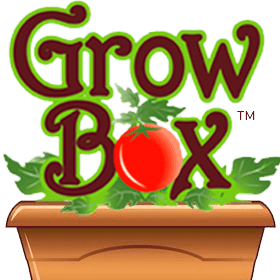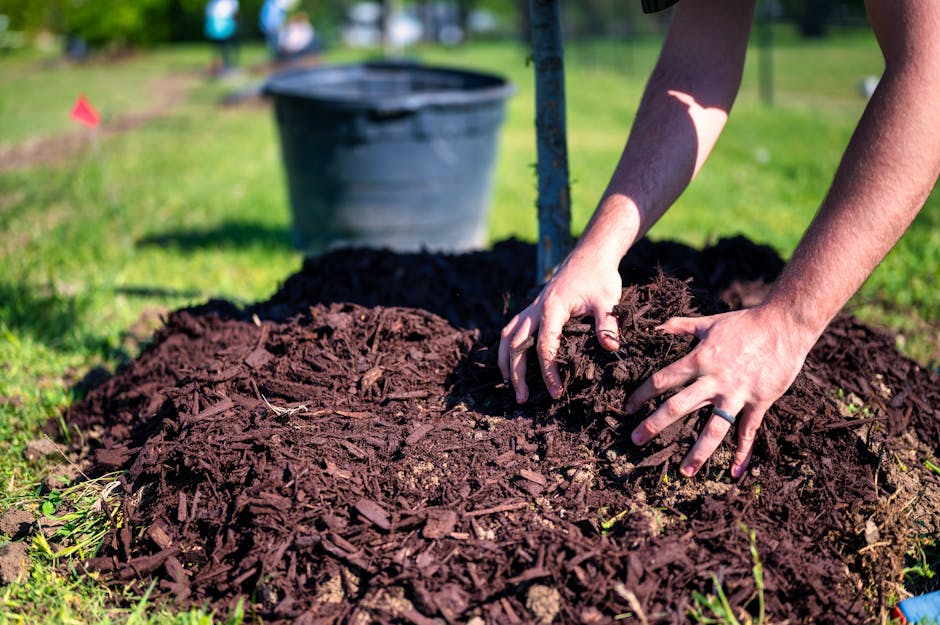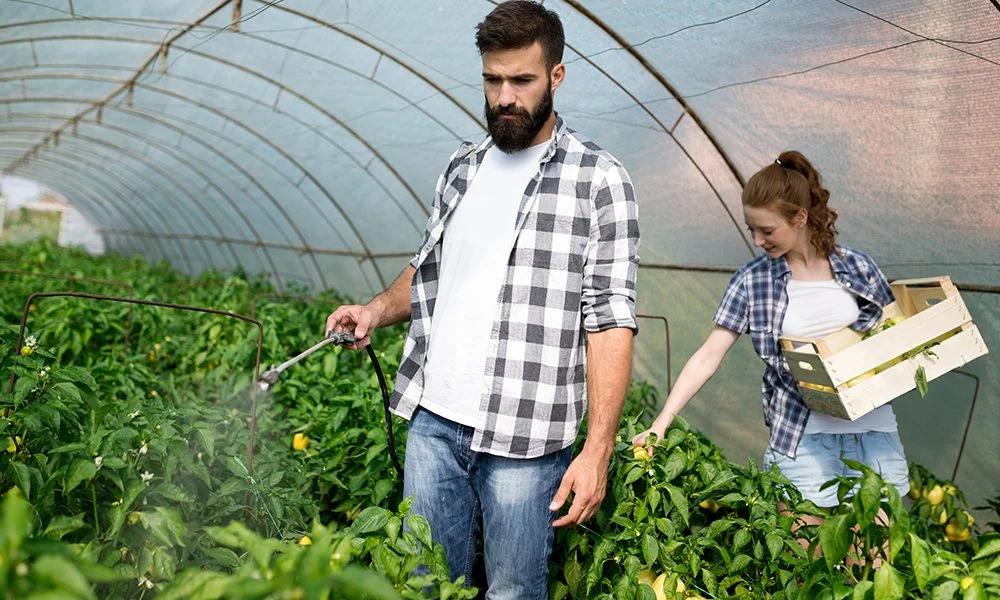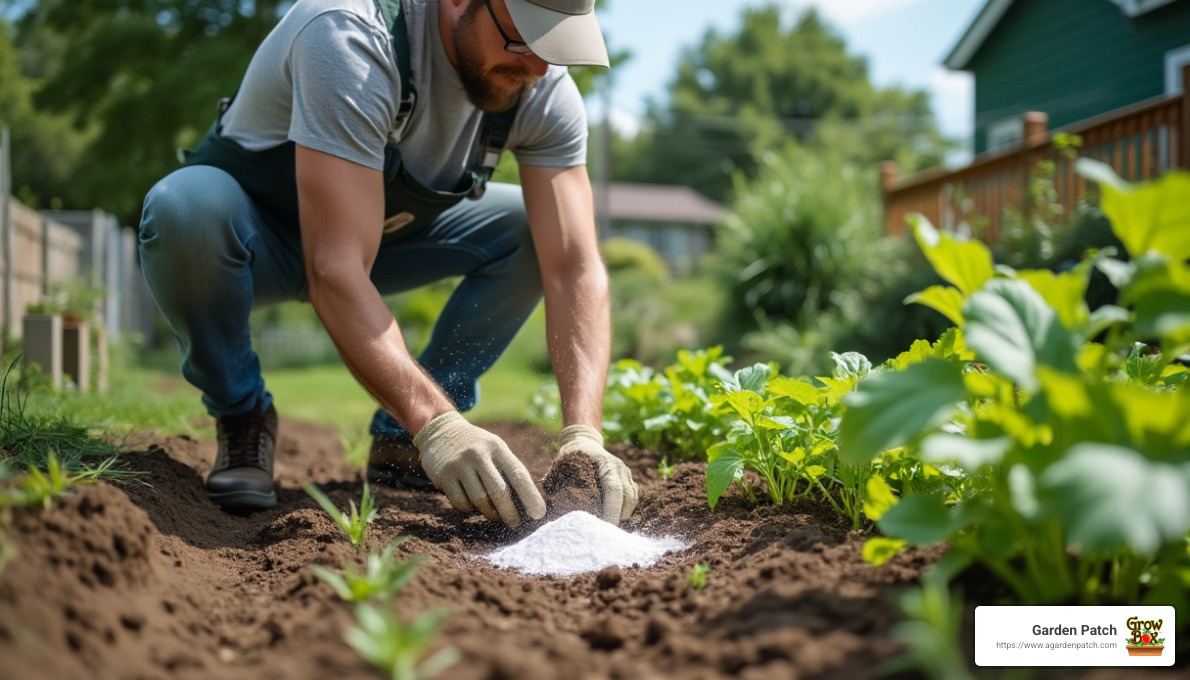Most home gardeners know their tomato plants need plenty of sunshine, water, and healthy soil to grow. But don’t forget the mulch! More than just an attractive ground cover, mulch blocks weed growth and locks in moisture, which is especially important for gardens in hot, dry climates.
At many garden centers, the selection of mulch can be overwhelming. Are you wondering, “What is the best mulch for tomato plants?” The following guide will help you choose the mulch that’s right for you.
If you’d rather not deal with the hassle of mulching, try the Garden Patch GrowBox tomato planter. Our self-watering system feeds plants automatically and helps minimize unwanted weeds.
Why Do Tomato Plants Need Mulch?
Mulch offers a wide range of appealing benefits for tomato gardens:
- It adds nutrients to the soil as it breaks down.
- It prevents weeds from sprouting and leaching nutrients from tomato plants.
- It improves soil structure.
- It reduces soil erosion.
- It prevents soil compaction and crusting.
- It prevents fruit rot by keeping tomatoes away from the soil, which can harbor pests and diseases.
- It keeps soil and water away from leaves.
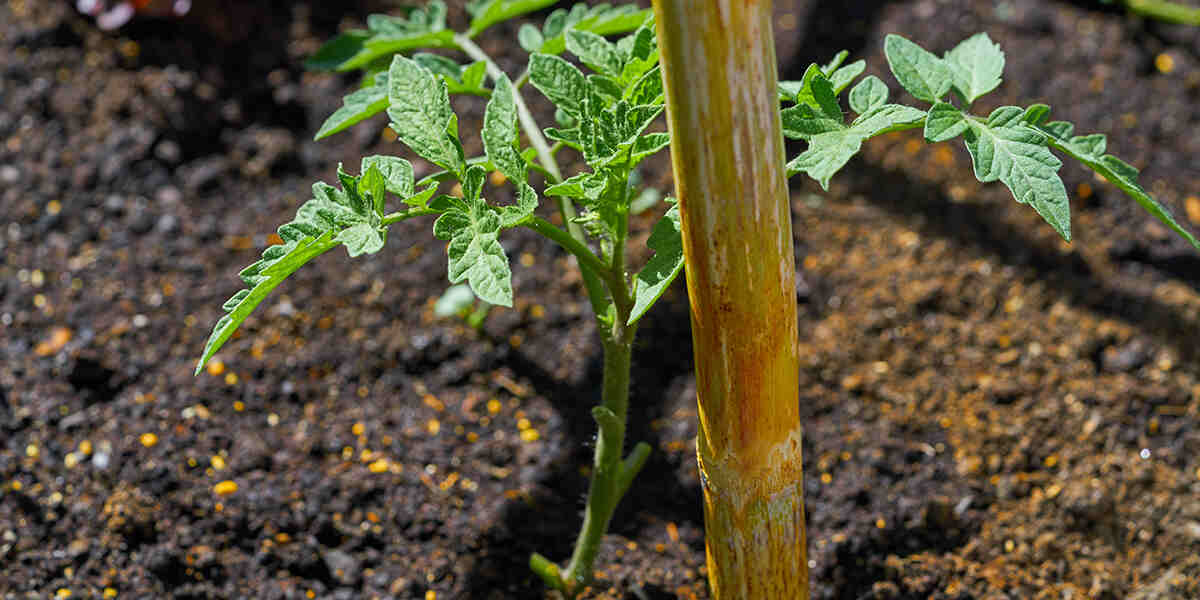
The Top Six Mulches for Tomato Plants
When choosing mulch for tomato plants, you’ll find dozens of options, including mulches made from natural and synthetic materials. If you have a large tomato garden and don’t want to spend a fortune on mulch, we at A Garden Patch have you covered. You can find several of the options on our list in your back yard. So, if you’re asking, “What is the best mulch for tomato plants?” find out below.
Compost
Compost is packed with nutrients, making it a great mulch for gardeners who’d like to feed their tomato garden with no extra hassle. You may use bagged store-bought compost or homemade compost from your garden.
Store-bought compost is relatively inexpensive, but unlike the homemade version, it contains limited ingredients. Most bagged compost contains cattle manure and poultry byproducts from local farms, both of which can be high in nitrogen. If you add too much nitrogen to your garden, tomato plants will grow rapidly but put out fewer blossoms and fruit. Read the compost bag label carefully to ensure you know what you’re getting.
If you have the time and space to make your own compost, consider doing so. You’ll get to choose your ingredients and supply plants with a broader selection of nutrients. Good ingredients to use in compost include:
- Dry leaves and grass clippings
- Used coffee grounds
- Shredded newspaper
- Crushed eggshells
- Fruit and vegetable scraps
- Sawdust from untreated wood
Straw
Straw is an economical mulch option that’s available at most garden centers. A layer of straw mulch makes your garden look like a quaint country farm, too. You’ll find several types of straw to choose from; wheat straw and golden straw are two of your best options.
Hay looks very similar to straw, but it’s wise to avoid using it in your garden because it’s typically full of weed seeds. If you use hay as mulch, it won’t be long before dozens of weeds pop up in your garden.
Wood Chips
Your local garden center likely offers several varieties of wood mulch. This type of mulch comes in small, shredded pieces or larger chunks. Big chunks take a while to break down, so they’ll last longer in the garden. Wood shreds decompose more quickly but release nutrients as they break down, so you may need to fertilize your garden less.
Wood mulch typically comes from pine or cedar trees. Many insects don’t like the smell of cedar, so it makes a great natural pesticide. Cedar is usually a few dollars more expensive than pine, however. Both types of mulch retain moisture well and look beautiful in almost any tomato garden.
Shredded Leaves
If your yard has many trees, it can be a hassle to rake, bag, and dispose of all those dead leaves in the fall. Instead of tossing your leaves, consider using them as mulch. Make sure you shred leaves well before adding them to the garden. If you don’t, large leaves can smother plants and cause roots to rot.
Grass Clippings
Gardeners with large lawns end up with big grass clippings after every mowing. Grass clippings make excellent mulch, but you’ll need to ensure they’ve dried out thoroughly before putting them in your garden. Grass that’s still damp can block air and water from getting to plant roots.
One more warning: If you treat your lawn with chemicals, you shouldn’t use the clippings as mulch. Chemicals leach out of clippings into your soil, where tomato plants can absorb them. If you eat tomatoes from these plants, you could get seriously ill.
Plastic Sheeting
Black plastic sheeting makes an ideal mulch in cold climates. It absorbs and retains warmth from the sun, protecting plant roots from freezing when the soil temperature gets too low. You can use black plastic to extend your growing season by a few more weeks, too.
Red plastic sheeting reflects sunlight but retains heat almost as well as the black variety. This type of sheeting has small holes that let water and air pass through. Red plastic mulch may also work to repel nematodes, which are tiny, worm-like parasites that feed on the roots of tomato plants.
Plastic sheeting is more expensive than other types of mulch. However, it can last years if stored properly after each growing season.
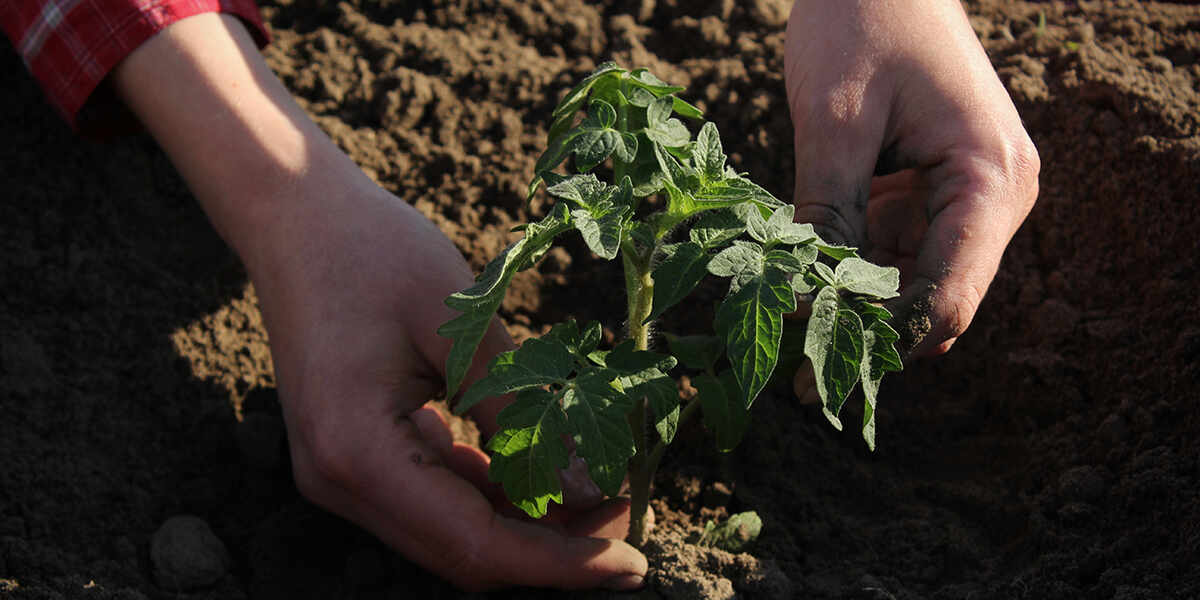
Stop Stressing About Mulch With the GrowBox
Now you have the answer to the question, “What is the best mulch for tomato plants?” If you want to know how to grow tomatoes your whole family will love, try the Garden Patch GrowBox today! The GrowBox features self-feeding patches that contain all the nitrogen, potassium, dolomite, and other nutrients your tomatoes need to grow healthy and strong. Plus, our feeding patches double as mulch because they block weeds and help keep the soil cool. Call (800) 519-1955 to order your GrowBox, or order online now.
